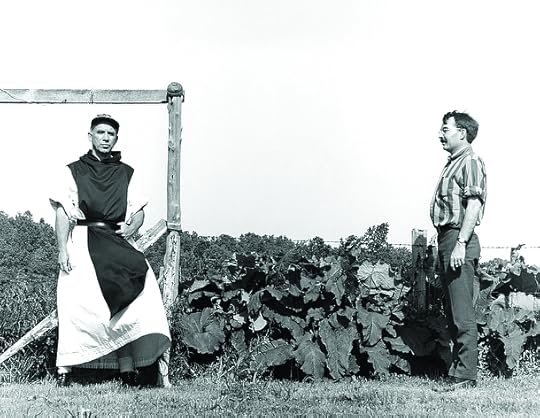What do you think?
Rate this book


320 pages, Hardcover
First published January 1, 1974
GD: The found object was very much in the air in the sixties and I know that Gene was interested. A writer from New York came down here, and Gene and I went together to hear his lecture. He inventoried a large worktable in an almost anthropological way. He tried to account for every single thing on the table: where the pencils came from, where the erasers came from, where the books came from and why he owned them, paperclips, friends' letters, and so on. I am not remembering his name, and his vogue has passed. And then Jonathan Williams himself, who was doing concrete poetry, and Gene and Tom Merton were both very much interested in concrete poetry. And there is Mary Ellen Solt, up in Indiana, a scholar of concrete poetry, Ronald Johnson and one figure overseas, I am Hamilton Finlay. We were all fascinated by Finlay. I was in contact with him and was getting photographs of things he was doing with his famous Garden of Apollo there in the suburbs of Glasgow. In fact, there was an evening at the University when Gene and I both agreed that all the poets who were doing a series of poetry were dull as dishwater. And we devised our own show, which was well attended, where we prerecorded on Gene's tape recorder various kinds of music, very lively music, Francis Poulenc, military music, bagpipe, all sorts of things. I read poems of Finlay against the music. Gene and I had practiced this and we were well-cued. One of the things we were determined to do is have the poetry surrounded completely by silence, because most of the amateur poets and many of the big poets, I'm afraid, spent most of their time telling anecdotes on how a poem came to be. You know, "My wife has said...", "I was led..." Gene and I had contempt for this tradition, and gave what I hope was a rather startling performance.
CY: So you had fun together and did creative projects together.
